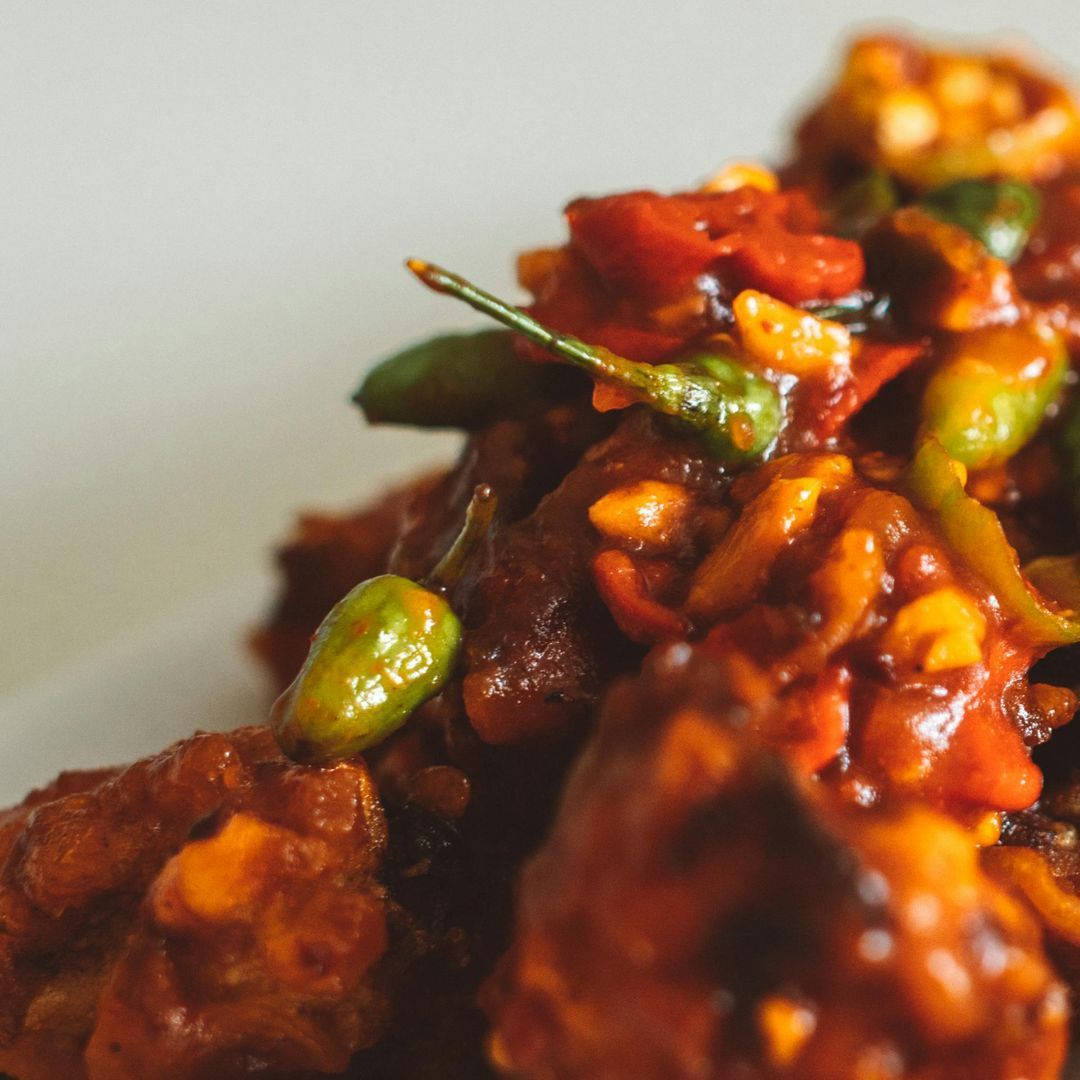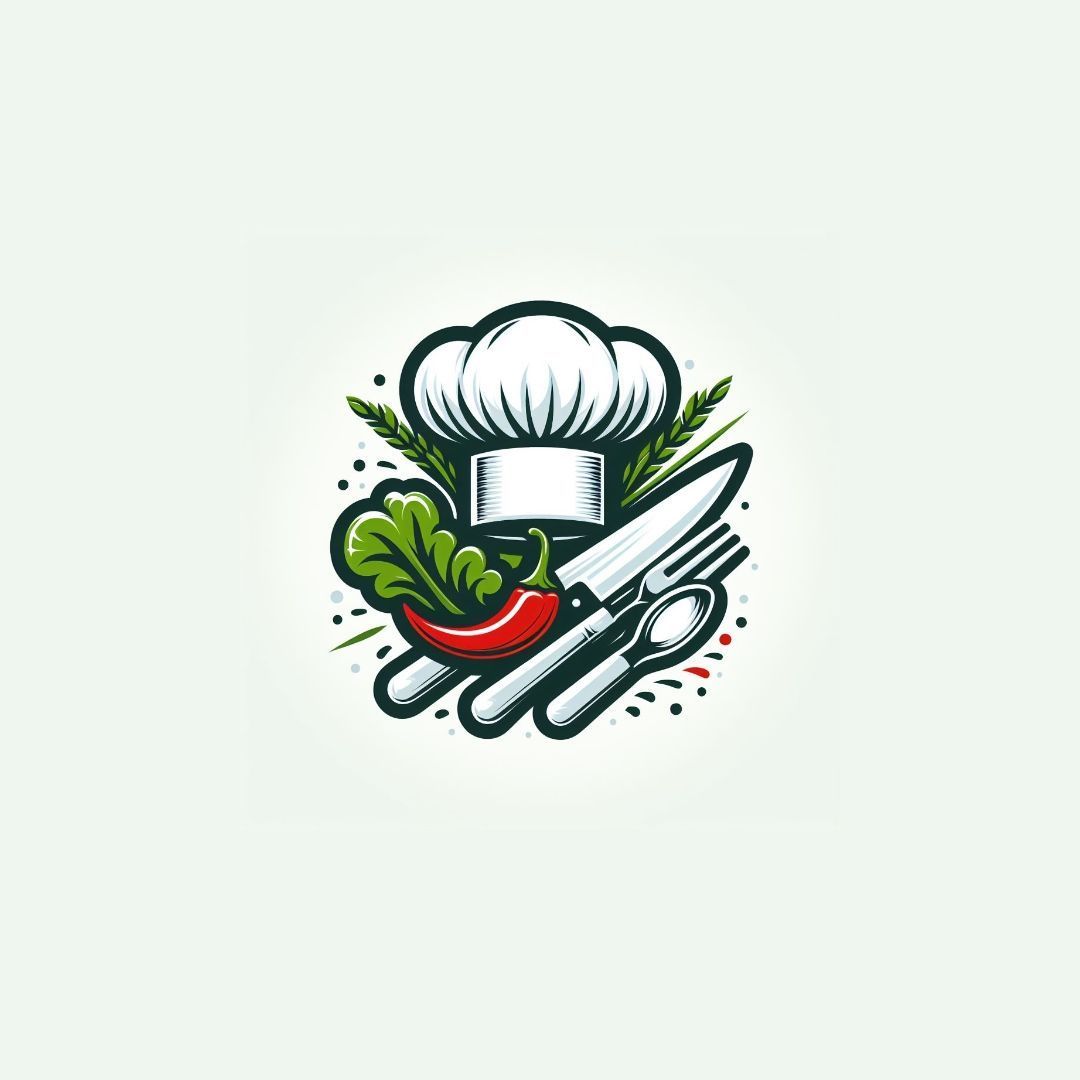The Rise of Fusion Cuisine: When Tradition and Innovation Meet

Cuisine isnt just food, its culture, history, and identity. Yet, in todays increasingly connected and ever-evolving world, cultural boundaries blend and intermingle, creating something new and extraordinary. It is in this context that fusion cuisine was born, a gastronomic movement that is conquering palates and redefining the rules of taste. Fusion cuisine isnt simply a blend of flavors; its an art that intertwines different culinary traditions, combining ingredients, techniques, and gastronomic philosophies to create dishes that surprise and fascinate. But how did we get to this point? And why has fusion cuisine become so popular? Lets find out together.
The Origins of Fusion Cuisine
Although the term fusion is relatively new, the concept of blending different culinary traditions has existed for centuries. Think of the Silk Road, which brought spices from Asia to Europe, or European colonization, which introduced ingredients like tomatoes, potatoes, and cocoa to the Old Continent. Every cultural exchange was accompanied by a culinary exchange. Modern fusion cuisine, however, emerged in the 1970s and 1980s, when innovative chefs began to experiment, breaking convention and challenging purists. Renowned chef Wolfgang Puck, with his blend of Asian and Californian cuisine, is one of the movements pioneers, paving the way for a culinary revolution.
Why is Fusion Cuisine so Popular?
The popularity of fusion cuisine is the result of several cultural, economic, and social factors. 1. Globalization: The world has become more connected than ever. Travel, migration, and cultural exchange have made ingredients and techniques accessible from every corner of the planet. Today, its common to find avocados in Europe or wasabi in Latin America. 2. Consumer curiosity: Modern palates are more adventurous. People want to be surprised and discover new flavors. Fusion cuisine responds to this need, offering dishes that combine the unexpected with the familiar. 3. Chef creativity: For chefs, fusion cuisine is a limitless playground. It allows them to express their creativity, break the rules, and create unique culinary experiences.
Masterpieces of Fusion Cuisine
Fusion cuisine isnt just a combination of ingredients; its a philosophy that celebrates innovation and diversity. Here are some iconic examples that demonstrate just how extraordinary this art form can be: Sushi burrito: A meeting of Japan and Mexico, where traditional sushi is transformed into a burrito of rice, seaweed, and fresh fish. Kimchi tacos: The Mexican taco tradition is enriched with the fermented and spicy flavor of Korean kimchi, creating an explosion of flavors. Peking duck dumplings: An Italian classic meets the spicy delicacy of Chinese cuisine. Matcha tea ice cream with amaretti crumble: A dessert that combines the herbaceous depth of Japanese green tea with the crunch of Italian biscotti. These dishes demonstrate how fusion cuisine isnt just a trend, but a celebration of the intersection of cultures.
The Role of Chefs and Restaurants

Chefs are the ambassadors of fusion cuisine. Thanks to their vision and creativity, they reinterpret traditional flavors and transform them into innovative experiences. Many restaurants have made fusion cuisine their signature, attracting curious and passionate diners. Restaurants like Nobu (famous for its Japanese-Peruvian cuisine) or David Changs Momofuku (combining Asian and American influences) are examples of how fusion cuisine can be elevated to a true art form.
Challenges and Criticisms of Fusion Cuisine
Despite its success, fusion cuisine is not without its critics. Some purists see it as an affront to culinary traditions, arguing that blending different flavors and techniques can lead to a loss of authenticity. Others point out the risk of superficiality, where fusion becomes a mere marketing gimmick without a true understanding of the cultures involved. But proponents of fusion cuisine counter that its not about abandoning traditions, but rather evolving them. The key is respect: to create a successful fusion dish, a chef must deeply understand the cultures and techniques hes combining.
Fusion Cuisine and Sustainability
An often overlooked aspect is the connection between fusion cuisine and sustainability. The fusion of traditions can lead to a more creative and conscious use of local ingredients, reducing environmental impact. For example, a fusion dish can reinterpret an Asian recipe using locally sourced products, combining innovation and respect for the environment.
The Future of Fusion Cuisine
Fusion cuisine is set to grow. With increasing multiculturalism and global connections, the boundaries between culinary traditions will continue to blur. The next generation of chefs will likely be even more daring, taking fusion to new heights. Imagine dishes that blend African spices with the delicacy of Nordic cuisine, or desserts that combine traditional Arabic honey cakes with Western molecular techniques. The possibilities are endless.
Conclusion
Fusion cuisine isnt just a trend; its a celebration of diversity and creativity. Its a reflection of the modern world, where cultures meet and enrich one another. Every fusion dish tells a story of discovery, innovation, and passion. So, the next time you savor a taco with Asian flavors or a dessert that blends Middle Eastern and European influences, remember: youre not just eating, youre participating in a global dialogue, a conversation of flavors, traditions, and innovations. And, as fusion cuisine demonstrates, the future of food lies in the connections that unite us.

gourmet
Data di inserimento 21 nov 2024
Report article


Comments
There are no comments yet.